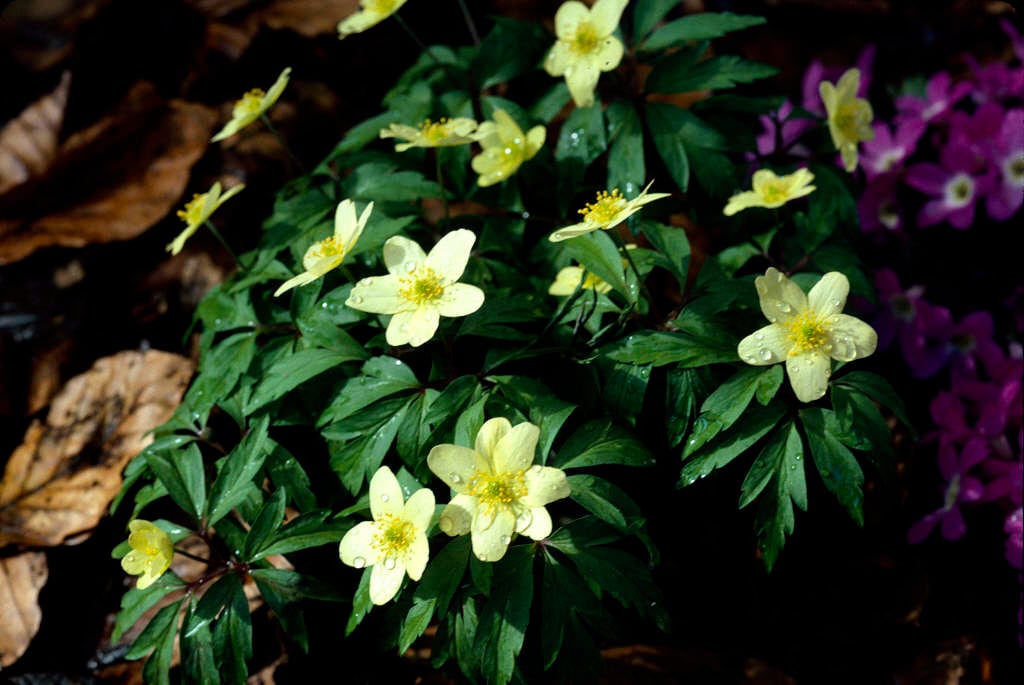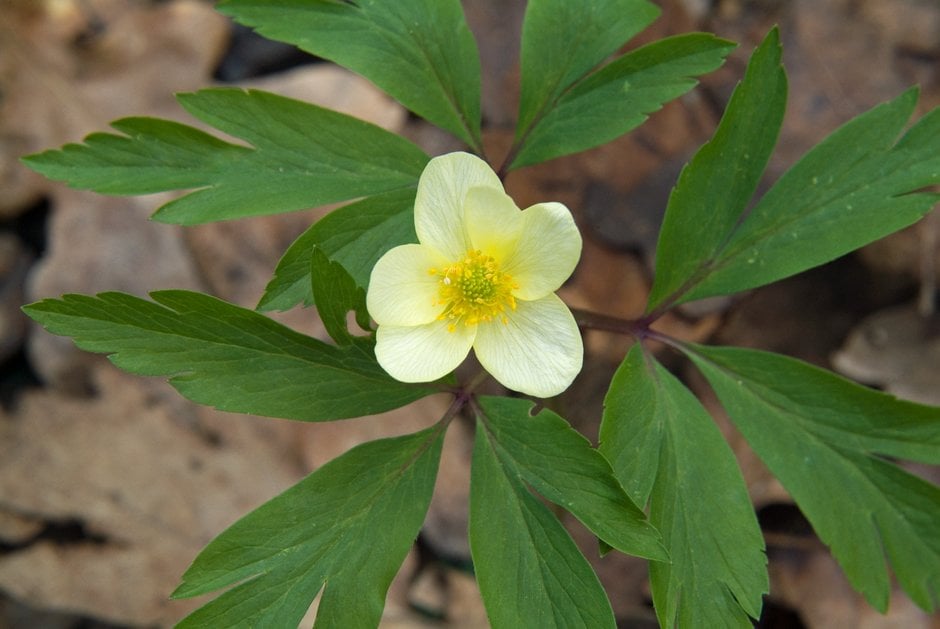Not the plant you're looking for? Search over 300,000 plants
Herbaceous Perennial
Anemone × lipsiensis 'Pallida'
windflower 'Pallida'
A small rhizomatous perennial with divided leaves and flowers 2cm wide, with up to eight narrowly oval petals in spring
Size
Ultimate height
Up to 10cmTime to ultimate height
1–2 yearsUltimate spread
0–0.1 metreGrowing conditions
Chalk
Clay
Loam
Moisture
Moist but well–drainedpH
Acid, Alkaline, NeutralColour & scent
| Stem | Flower | Foliage | Fruit | |
| Spring | Cream | Green | ||
|---|---|---|---|---|
| Summer | ||||
| Autumn | ||||
| Winter |
Position
- Partial shade
Aspect
North–facing or West–facing or East–facing
Exposure
Sheltered Hardiness
H5Botanical details
- Family
- Ranunculaceae
- Native to GB / Ireland
- No
- Foliage
- Deciduous
- Habit
- Matforming
- Genus
Anemone are herbaceous perennials with fibrous, rhizomatous or tuberous rootstocks, palmately lobed leaves and saucer-shaped, usually 5-petalled flowers
- Name status
Accepted
How to grow
Cultivation
Grow in moist but well-drained, humus-rich soil. Drier conditions are tolerated when dormant in summer
Propagation
Separate the rhizomes in early summer when the foliage has died back
Suggested planting locations and garden types
- Rock garden
- Cottage and informal garden
- Patio and container plants
- Low Maintenance
- Banks and slopes
- Flower borders and beds
- Underplanting of roses and shrubs
- Garden edging
- Ground cover
Pruning
No pruning required
Pests
Generally pest-free
Diseases
Generally disease-free
Get involved
The Royal Horticultural Society is the UK’s leading gardening charity. We aim to enrich everyone’s life through plants, and make the UK a greener and more beautiful place.

